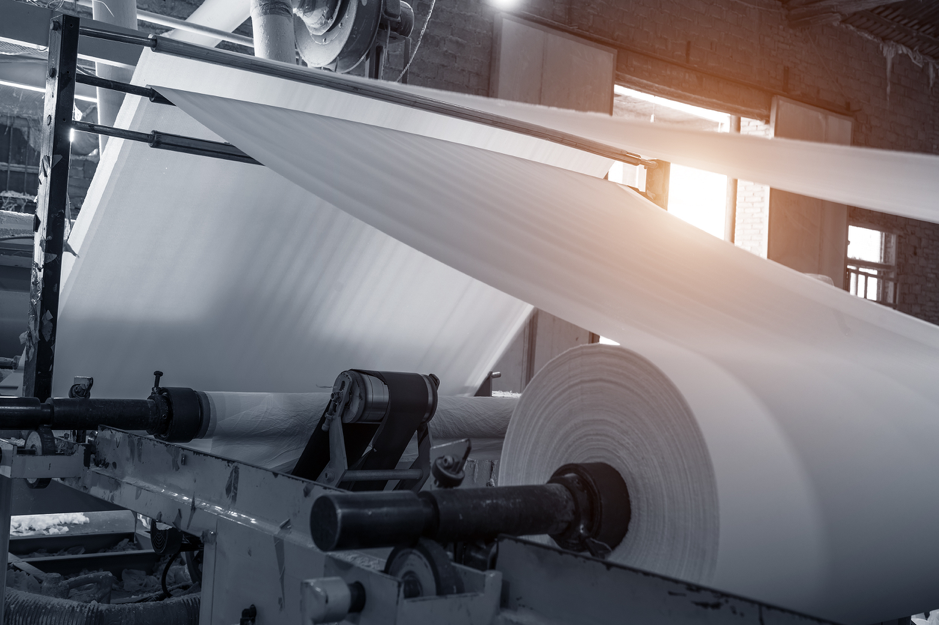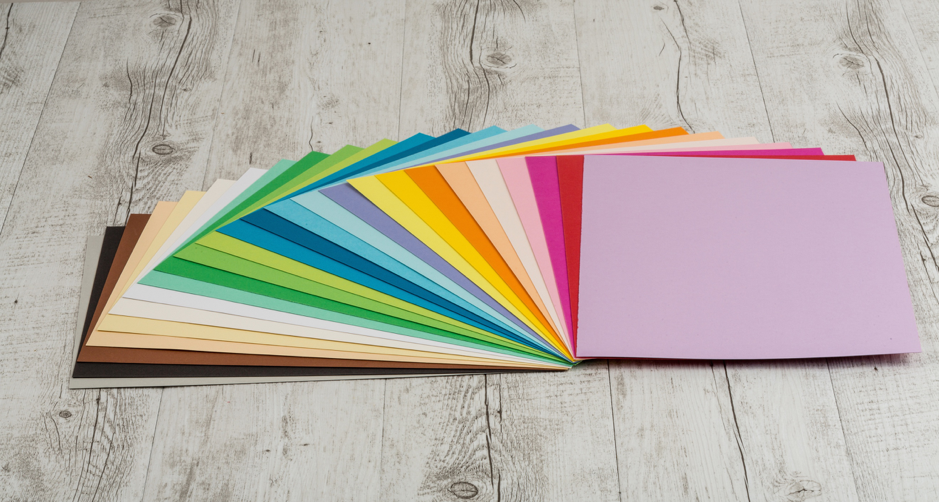
Paper; it’s something we all use and are lucky enough to have an abundance of. It is the canvas of inspiring ideas, magical stories, knowledge and creative doodles. It is something we’ve all purposely smelt in a book store. Let’s take a look at some interesting facts about our favourite sheet.
1) When was paper invented?
The Chinese invented paper around 105 AD. Paper’s first plant-based fibres were derived from hemp, a very versatile plant that is native to central Asia. Now, paper is created from a variety of different plant sources, such as bamboo and tree bark.
2) Paper production
Paper can be made from all sorts of different trees, but the production of paper mostly focuses on softwood trees, which account for around 85% of paper. Softwood trees produce a ‘wood pulp’ which is rich in cellulose fibres, and these trees are used because it’s known to produce an adequate strength for paper. Softwood trees include spruce, fir and pine.
Did you know, one pine tree can produce around 80,500 sheets of paper?

3) How many times can you fold a piece of paper?
There is a natural limit to how many times you can fold a piece of a paper in half. The sides become much stronger when folded because they double in thickness and the accepted amount of times a piece of paper can be folded is seven times. This isn’t an experiment that comes with a disclaimer – you can definitely try this at home!
4) Paper Aeroplanes
Paper aeroplanes were first made by the Chinese around 2000 years ago, which makes sense since they invented paper itself. Paper aeroplanes have such simple designs, but what they can do is quite astonishing. They can float in a straight line, and unless one were to hit something, it would continue to float forever.

5) The art of folding paper
The art of folding paper, named Origami, originated in China but then took Japan by storm. Ori means “folding”, and kami means “paper” (kami changes to gami due to its pronunciation). It was developed in the 17th century and became more popular in the western world during the 1900s. It’s a beautiful craft in which one sheet of paper can be made into the most intricate models of real-life objects, such as buildings, animals and nature.
6) Money
Money in the USA isn’t paper, it is actually 75% cotton and 25% linen, which means your average note is actually three-quarters cotton. The reason these materials are used instead of paper is that they are more durable, which is very useful if we consider how much we handle money.

7) Water
It takes five whole litres of water to just produce one sheet of paper. Water and paper sound like a bizarre combination, but it is the 99% removal of water that makes the remaining 1%, paper, the way it is.
8) The longest piece of paper made
The Guinness World Record for longest piece of paper was broken again in 2015 on August 7th in Paraguay. The record was broken by 250 students that created a giant sheet of paper, amazingly from recycled newspaper, that measured 149.5 square meters.

9) What happens when you recycle paper?
Much like how paper is made, the recycling process involves extraction.
The recyclable paper is separated from the non-recyclable paper; then the recyclable paper is washed in soapy water to clean away ink, plastic films, staples and glue.
10) What is paper used for?
It is astounding the amount of paper that is used in our daily life, in such a variety of different things. Paper is well known for its communication purposes such as magazines and newspaper. It’s obvious for books as a means of storing information and is used as a canvas for all kinds of art. However, paper goes into a lot of other ‘daily use’ products such as toilet paper and tissues, packaging, and cat litter. From a creative point of view, paper is also widely versatile. Papier mâché is a common, fun paper activity, and paper clothing can also be made!
Here at Brightsea, we’re proud to only use FSC (Forest Stewardship Council) or PEFC (Programme for the Endorsement of Forest Certification) certified papers and boards. This guarantees the chain of custody from the forest to the consumer. They can be sourced from sustainably managed forests, or recycled papers and boards.
If these facts have inspired you to create, then feel free to get in touch with our Devon printing team, to help you achieve your vision! Or, you can check out our blog for more handy articles on print and design.

